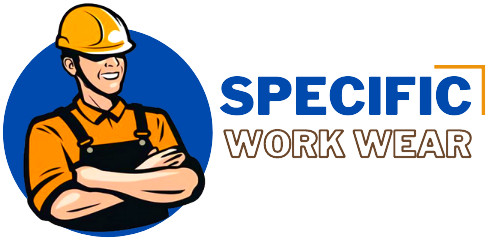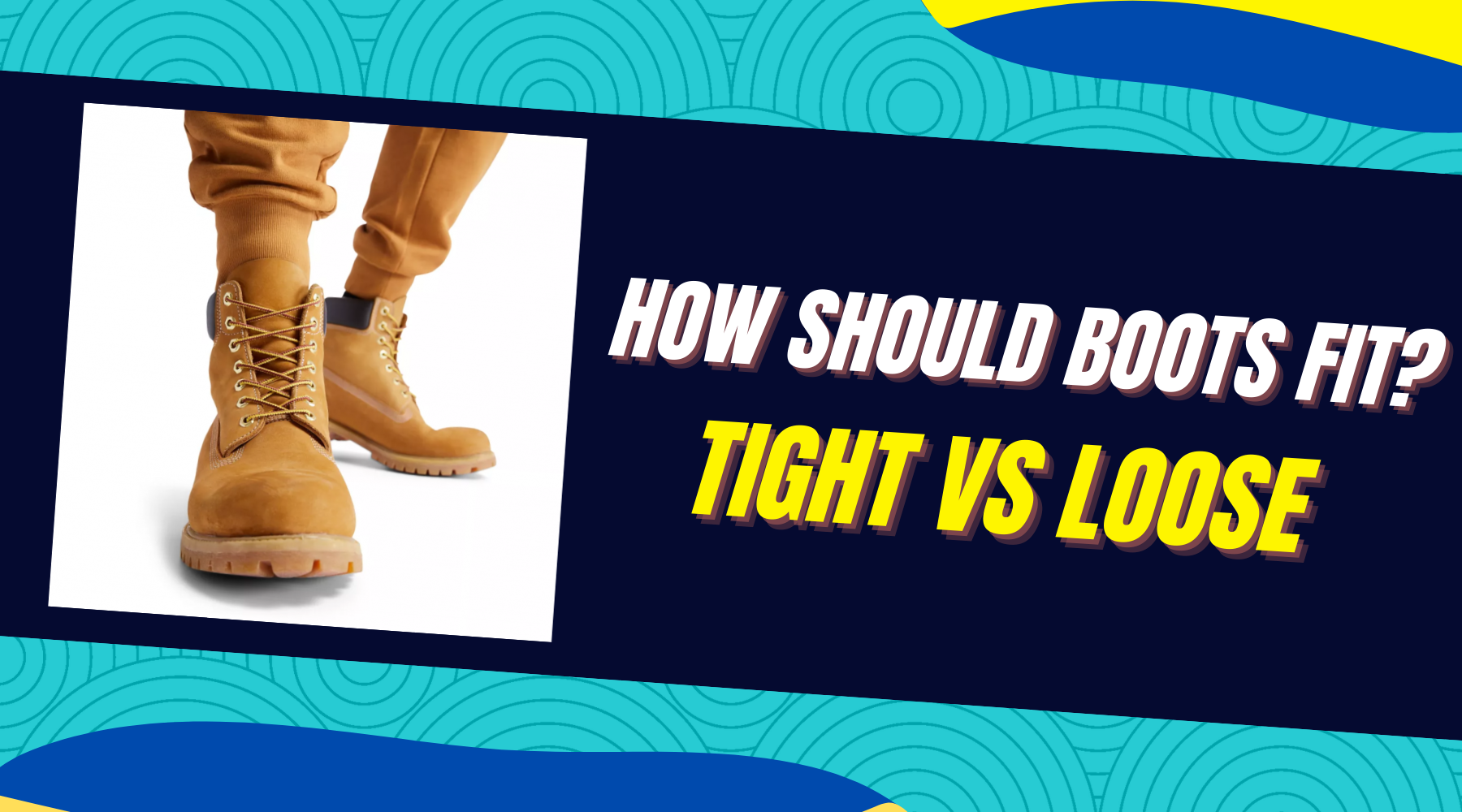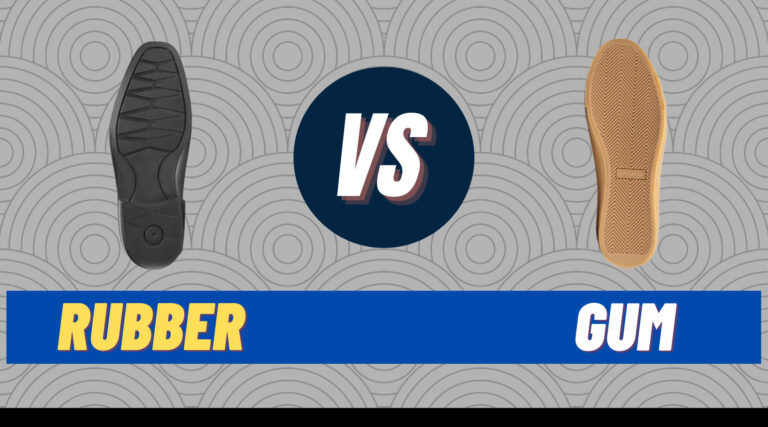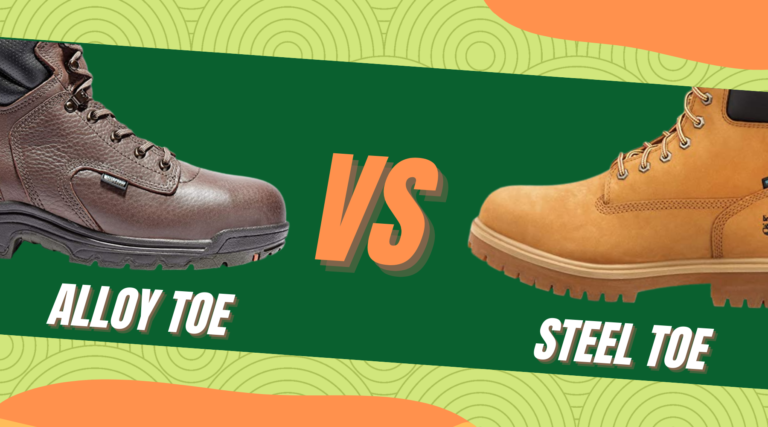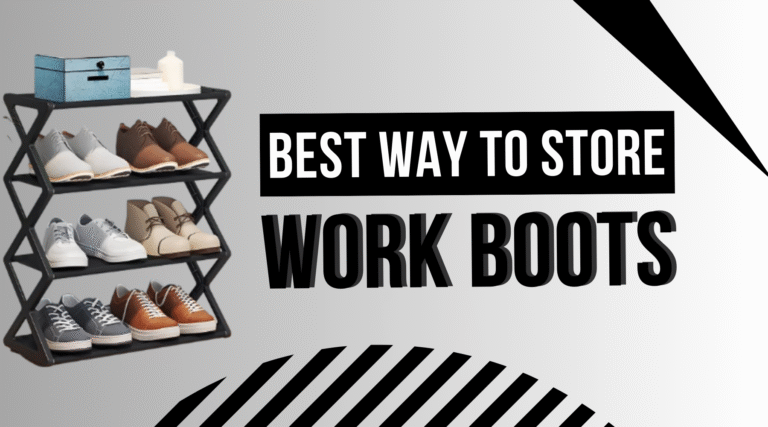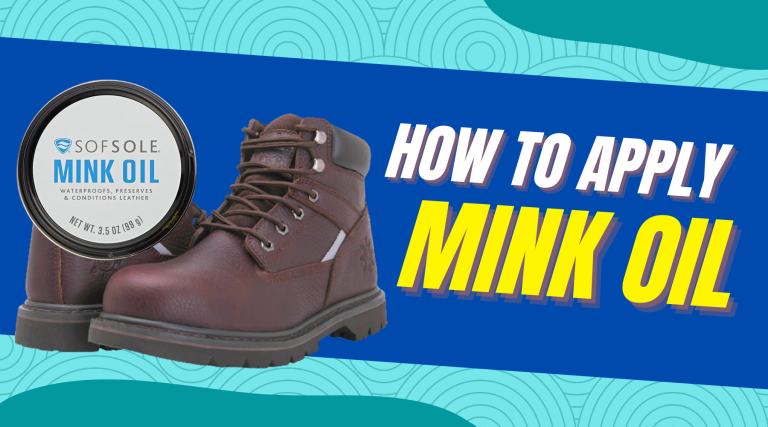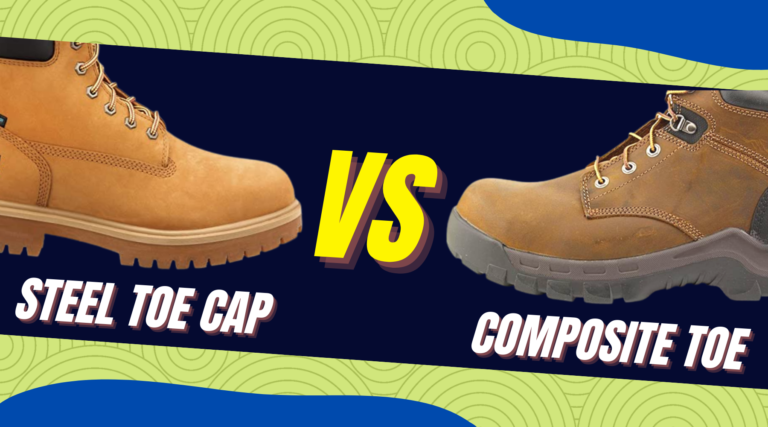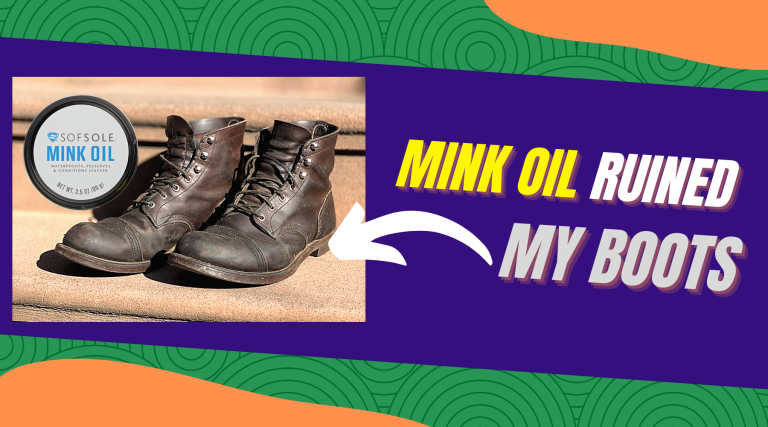How Should Boots Fit? Tight vs Loose [Important Checklist]
There are many different types of boots that are available. You should know what to look out for in terms of fitting to buy a boot that is comfortable and effective when you are wearing them. If your boots are not properly fitted, they can lead to many problems. Loosely fit boots can affect your stance, cause blisters on your feet and lead to joint problems. Besides that, a tight boot will block the blood circulation in the foot, loss of sensation in the toes, and many other foot problems.
Table of Contents
Boot Fitting Guide
What are the key things you should pay attention to when finding that perfect pair? We’ve got all that covered; read on below to find out how to choose your ideal boots.
Boot Size:
This is one of those measurements that often come up without much explanation. Fortunately, it’s pretty easy to figure out. Here’s a quick explanation of how to get the most accurate measurement for you and your specific foot type. The idea is to take multiple measurements in different settings.
When measuring the size of your foot, pull a tape measure around the widest part of your foot (typically just behind the toes), that measurement determines the width of your foot. Another measurement is taken while standing on a flat surface; measure the length of the foot by placing the measuring tape between your heel and your big toe.
The combination of both measurements will be your foot size, and this will allow you to find the most accurate boot size for you. Ensure that you never measure your feet when cold; always wear socks and stand to provide the most accurate reading.
Heel Fit:
The fit of the heel is often overlooked when it comes to boots but is incredibly important when it comes to comfort. Your heels should fit snugly but not too tight to offer both support and comfort. If you’re in a position where your heels are constantly slipping out of your boots, it may be time to size down or try a different brand.
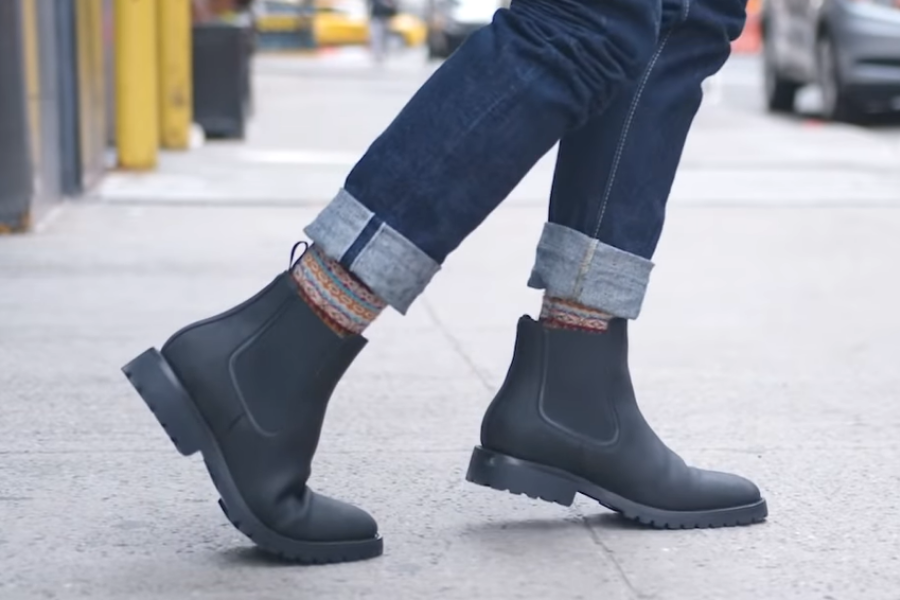
Inside Of Your Boot:
You also want to watch for a boot that fits your foot shape. If you have a high instep or higher volume feet, you may need a boot designed to accommodate those measurements. The boot should have a padded insole that provides cushioning and shock absorbance when walking.
Ankle Support & Toe Space:
Some boots include ankle support. The ankle support is very important as good ankle support will keep your ankles in place while also reducing wear and tear on the surrounding tissue and nerves that occur when walking. You want a boot that also has an arched shank design to provide support against movements such as twisting or toe splay.
Related: Alloy Toe vs Composite Toe
And lastly, the toe of the boot should have enough space to accommodate your toes without constricting them; a tight toe space can lead to joint problems, cracked toenails, and loss of sensation in toes.
Should Boots Fit Tight OR Loose?
If you’ve ever worn loose boots before, you are pretty much familiar with the age-old foot sliding problem. The extra room in the boots slide your feet back and forth, it can lead to blistering on your feet, and you will eventually be unable to walk. Loose boots also do not provide proper support and grip when walking.
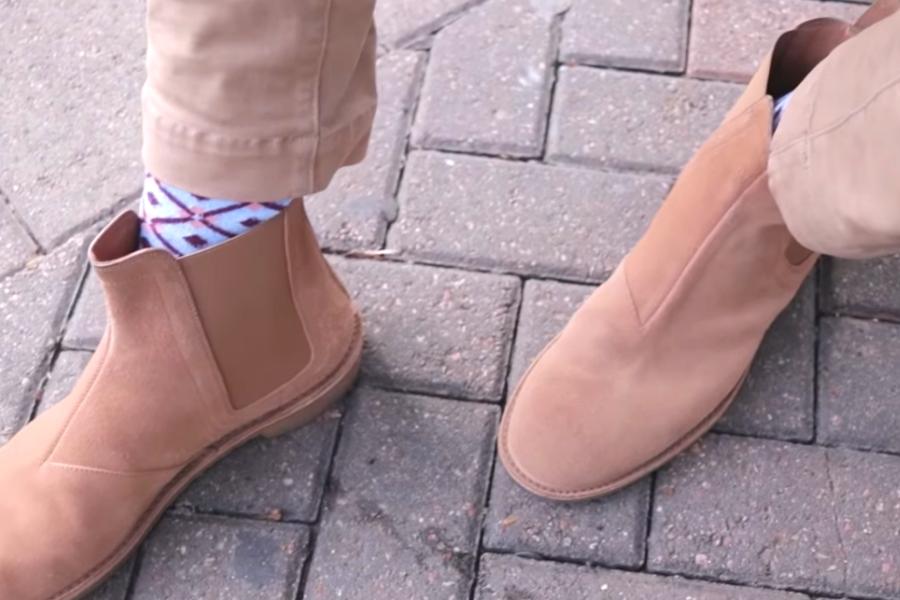
We now know that boots should not be loose from the above statement, but it raises another question; how tight should boots be?
A boot should never be too tight since it will restrict circulation and cause discomfort from sweat. A boot only has to be firm in a few critical areas to fit well and look nice. And only strapless open slip-on shoes, such as heels, pumps, ballet shoes, and skater-type shoes for gym wear, require the most intimate fit.
The boots tight on the top of the foot are the best as this is where there is a lot of excess space in your boot, and you don’t want it to lead to blisters up on the top of your boot. You have to have a good fit at the top of the boot because this is where the laces are. The laces should be able to brace the boot perfectly on your feet.
The heel should fit snugly so that there is no movement or room inside the boot when the heel is inserted properly. This is important because if it’s loose on the heel area, the back of the heel will rub against the boot, and your feet will keep on coming out of the boot, which will make your walk and overall movement much more difficult.
How Do You Tell If The Boots Are Too Big?
One of the most common ways to test the fit of your boot is the finger test. While wearing the boot, put a finger between the back of your foot and the boot. If there is space for more than a finger, then the boot is probably too big for you.
How To Tell If Your Boots Are Too Small?
The same finger test can tell you if the boot is too small. While wearing the boot, put a finger between the back of your foot and the boot. If there is no space for a finger or if it is hard to squeeze in the finger, then the boot is too small for you. The finger should snugly fit in between the back of your foot and the boot.
How The Wrong Size of the Boots Can Affect You?
A tight boot can lead to reduced blood circulation in the foot, and it can also lead to many foot problems such as bunions, corn, hammertoe, crossover toe, and ingrown toenail. It can also lead to many skin problems due to sweat buildup.
And a loose boot can cause blisters, pain in the foot, less stability, and joint problems.
Frequently Asked Questions
Are my boots too small?
If the boots are constricting and your feet feel numb after wearing them, they probably are too small for you.
Are cowboy boots supposed to be loose?
The cowboy boots are a bit loose compared to other boots, but there should not be more than half an inch space for your heel; you should be able to wiggle your toes, and the width of the boot should match the width of the foot.
Related: How to stop boots from rubbing the calf area?
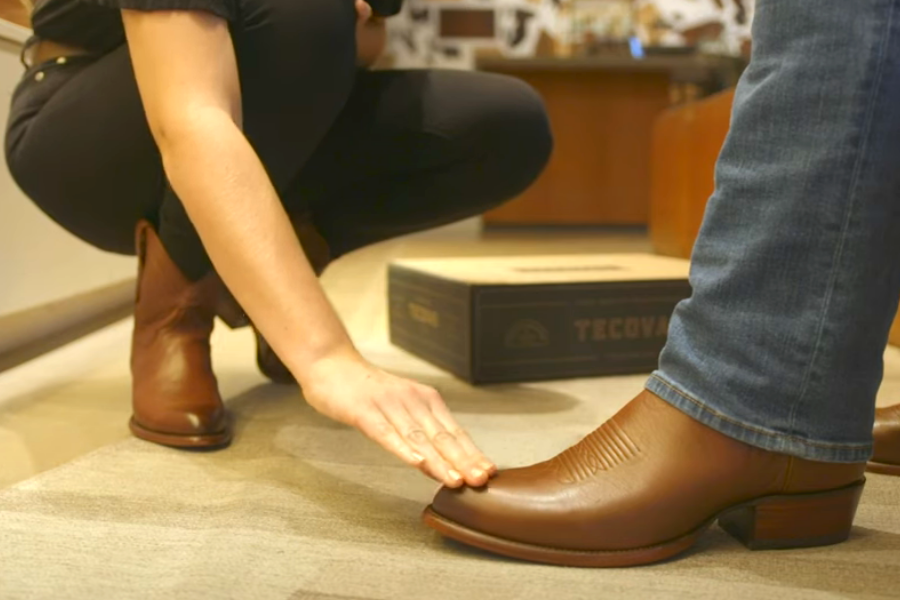
How should Chelsea boots fit?
Chelsea boots are not like traditional boots, instead of laces or straps, they have elastic straps on the side. While wearing them, the boot should feel fitted but not tight fit or snug. There should be enough space for thick socks or enough space to flex your foot.
Should you buy boots half size bigger?
In my opinion, it is always better to buy half a size bigger to accommodate the socks and for the padded insoles.
How should work boots fit?
The work boots should have enough space for you to wiggle your toes, and there should not be extra pressure on the top of your foot. The boot should be tight enough to prevent your heel from coming out of the boot.
Are doc martens supposed to be tight?
Doc martens may feel tighter than normal boots because of the extra inner lining, but they should not be uncomfortable. If it is uncomfortable, then you are wearing the wrong size.
How much heel slip is normal?
Your heel should not slip more than half of an inch. Anything greater is too big for you, and anything less is too tight.
